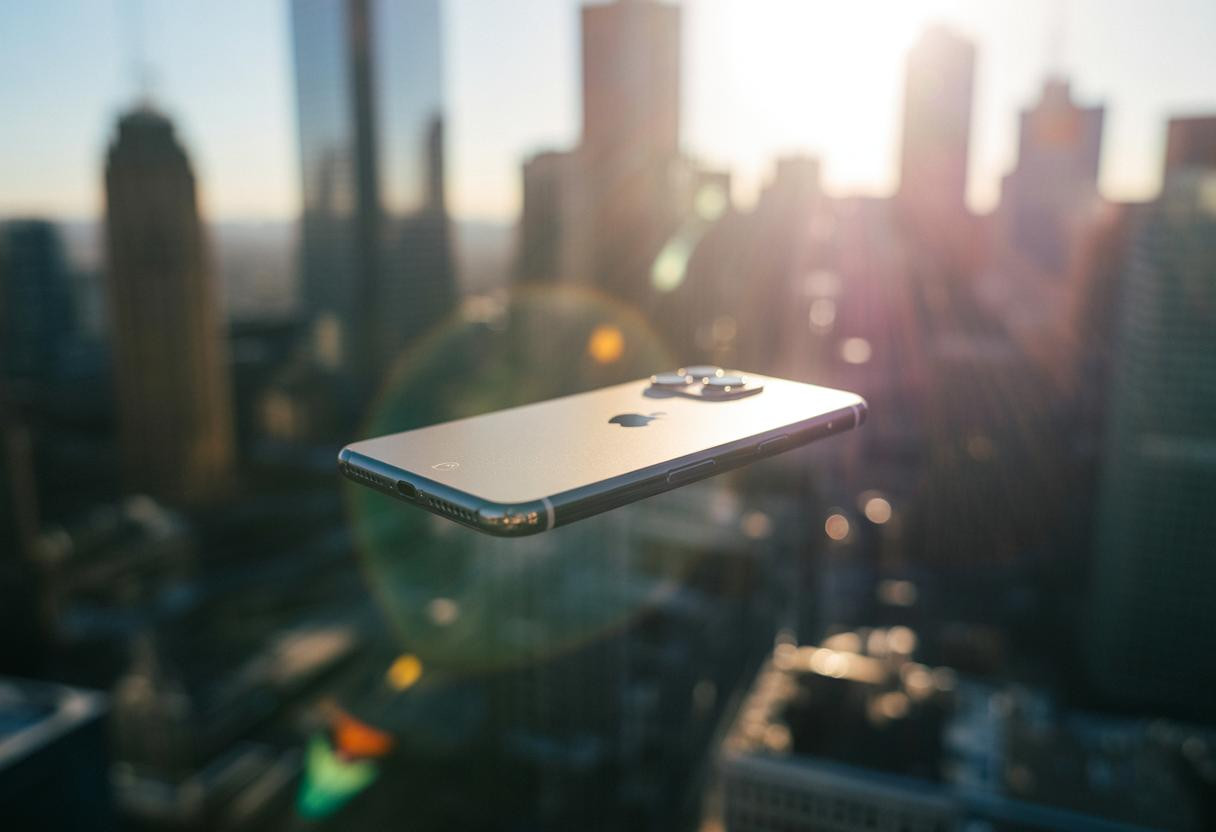The iPhone 16 Pro has now been in users’ hands for over six months, giving us a true picture of Apple’s flagship beyond the initial hype. Meanwhile, the tech world buzzes with increasingly credible rumors about Apple’s first foldable device, all while Android competitors continue raising the bar. Let’s dive into what makes the iPhone 16 Pro experience unique in 2025’s competitive landscape.
Living with the iPhone 16 Pro: The six-month verdict
The updated Ceramic Shield technology has proven to be the iPhone 16 Pro’s unsung hero, with significantly fewer reports of screen damage compared to previous generations. Battery endurance remains impressive, with many Pro Max users reporting their devices still show 100% battery health after the half-year mark.
“The iPhone 16 Pro represents Apple’s most refined hardware to date,” explains tech analyst Maria Chen. “However, it’s the Action button that continues to divide users—some have integrated it seamlessly into their daily workflows, while others find it unnecessary compared to the traditional mute switch.”
Apple Intelligence: Promise vs. reality
Apple’s AI implementation has faced criticism, with some early adopters even downgrading to older models after finding the promised intelligence features underwhelming. This disappointment comes as Google’s Pixel 9 Pro XL continues attracting former iPhone users with its more mature AI integration.
“Apple’s hesitancy to fully embrace generative AI has created an opportunity for competitors,” notes AI researcher Dr. James Wilson. “Users increasingly expect their $1,200 phones to demonstrate genuine intelligence beyond simple voice commands.”
Foldable iPhone: No longer just wishful thinking
Multiple reliable sources now confirm Apple’s foldable iPhone is targeting a 2026 release. Unlike the experimental approach we saw with early foldables, Apple’s version appears to be benefiting from competitors’ growing pains.
The device will reportedly feature:
- A book-style design with 5.5-inch external and 7.8-inch internal displays
- Nearly crease-free Samsung OLED panels
- A revolutionary amorphous alloy hinge system
- ProMotion 120Hz refresh rates on both screens
Android’s competitive advantages in 2025
The iPhone 16 Pro faces stiff competition, particularly from Samsung’s limited-edition S25 Edge. While Apple’s ecosystem remains a powerful draw, Android devices currently lead in:
- AI integration and practical applications
- Display technology and brightness
- Camera versatility, especially telephoto performance
- Form factor innovation
Is the iPhone 16 Pro worth buying now?
With the iPhone 17 lineup roughly four months away and recent trade deals potentially affecting pricing, timing becomes crucial. The iPhone 16 Pro remains a solid upgrade for those using iPhone 13 Pro or older models, but anyone with a 14 or 15 Pro might benefit from waiting.
For photography enthusiasts, it’s worth noting that dedicated cameras are making a comeback among content creators, suggesting that smartphone camera improvements may be reaching diminishing returns.
The iPhone 16 Pro is like a luxury sedan in a world of exotic cars
The iPhone 16 Pro resembles a high-end sedan—refined, reliable, and premium—in a market increasingly filled with exotic sports cars. It executes the fundamentals flawlessly while competitors experiment with folding designs and desktop-class processing capabilities.
What’s your next upgrade?
As smartphone innovation continues accelerating, the question isn’t just whether to upgrade, but which direction to take. Will you embrace Apple’s refined approach, or is 2025 the year you explore Android’s boundary-pushing alternatives? Either way, consumers win when competition drives this level of innovation.
